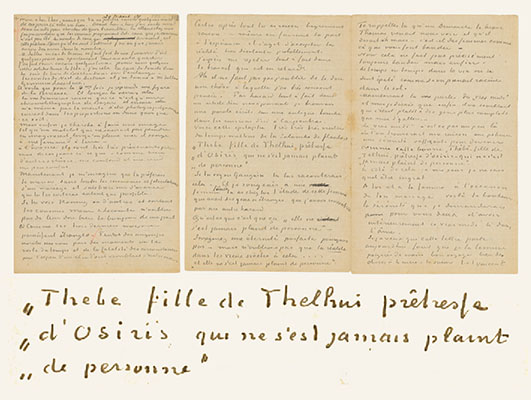Secret Dactyl Language of Soviet Children
I grew up in the USSR, and obviously attended a quite typical Soviet school, there, in our Soviet schools, every lesson lasted 45 minutes. During almost every class the teacher would call pupils to the blackboard to recite poems, solve equations, or diagram sentences. Being put on the spot was routine, and so was getting stuck. Whispering answers was risky—teachers were trained to spot it—so children adopted a silent “finger alphabet” to feed each other clues without a sound.
Outside school, this secret Soviet manual alphabet thrived in playgrounds, summer camps, and street games. It let kids whisper tactics during games, signal who was “it,” or trade jokes across a crowded yard—no lip‑reading adult the wiser. By age ten, most city children could spell at conversational speed, giving them a lifelong knack for silent, non‑verbal messaging.
Russian kids called it немой язык (nemóy yazýk, “mute language”). Technically, it’s a manual alphabet—one gesture per Cyrillic letter—rather than a full sign language like Russian Sign Language (РЖЯ), which encodes words and grammar. In English, it might be called the Soviet children’s dactyl alphabet, playground finger code, or Russian dactyl cipher.
The Soviet Children’s Finger Alphabet
Below, each Cyrillic letter is shown with its Latin equivalent, a gesture description, and the kid logic or mnemonic.
| Letter | Gesture | Mnemonic |
|---|---|---|
| А (A) | Thumbs‑up | Resembles lowercase “a” |
| Б (B) | Tap or point at eyebrow | B = brow |
| В (V) | Point at temple or tug hair | V = visok (“temple”) |
| Г (G) | Index finger bent at 90°, touching mouth corner | Shape of “Г” |
| Д (D) | Slide finger under nose like a moustache | Shape of “Д” |
| Е (E) | Two index fingers, tips hooking together (“two-hooks”) | E = “gate” |
| Ё (Yo) | Е gesture, then spit or blow over fingers | Two dots of “Ё” |
| Ж (Zh) | Three fingers up, other hand lays a finger across | Shape of “Ж” |
| З (Z) | Point at teeth | Z = zub (“tooth”) |
| И (I) | Two fingers up together | Uprights of “И” |
| Й (J) | И gesture + blow or spit | The breve over Й |
| К (K) | Fist | K = kulak ("fist") |
| Л (L) | Spread V shape downward | “Л” outline |
| М (M) | Both hands make “Л” gestures side by side | Two peaks (“М”) |
| Н (N) | Touch mouth corners with index fingers | Bar across “Н” |
| О (O) | Make circle with fingers or mouth | Self‑evident |
| П (P) | Touch mouth corners with fingertips | Two uprights and a roof |
| Р (R) | Lips in “O”, one finger beside | Loop plus stem |
| С (S) | Curve thumb and index into a semicircle | Printed “С” |
| Т (T) | Index fingertip under lips | “Т” shape |
| У (U) | Tug earlobe or point to ear | U = ukho (“ear”) |
| Ф (F) | Lips in “O”, index finger across | Circle with bar (“Ф”) |
| Х (Kh) | Cross two fingers upward | “Х” shape |
| Ц (Ts) | Two fingers up, hook finger below with other hand | Tail of “Ц” |
| Ч (Ch) | Tap/scratch wrist where a watch would be | Chasy (“watch”) |
| Ш (Sh) | Three fingers up together | Three stems of “Ш” |
| Щ (Shch) | Ш gesture plus hooked finger below | Tail of “Щ” |
| Ъ (Hard sign) | Hit open palm with fist, then spit over palm | Hard sign + outside dash |
| Ы (Y) | Same as Ъ, then open the fist: two parallel palms | Two pillars of “Ы” |
| Ь (Soft sign) | Hit open palm with fist | Soft sign without dash |
| Э (Eh) | “C” with hand, cross with other index | Mirror-E (“Э”) |
| Ю (Yu) | Lips in “O”, touch side with finger | Circle + stem |
| Я (Ya) | Stick out tongue, point to self, or tap chest | “I” (я), or reversed “R” |
Digits 0–10 used finger counts. For multi-digit numbers, sign each in sequence. A question mark: hooked index finger.
It peaked in the 1970s–80s and faded after the 1990s as mobile phones and digital messaging took over. Still, reports persist of kids in some Russian schools—often coached by parents—passing on this non-verbal schoolyard slang.
For decades, millions of Soviet kids learned a covert communication code to bypass surveillance, signal friends, and play in silence. It stands as a curious linguistic artifact: a real-life playground cipher, invented and spread without adults or official sanction, and now almost forgotten outside Russian-speaking circles.



